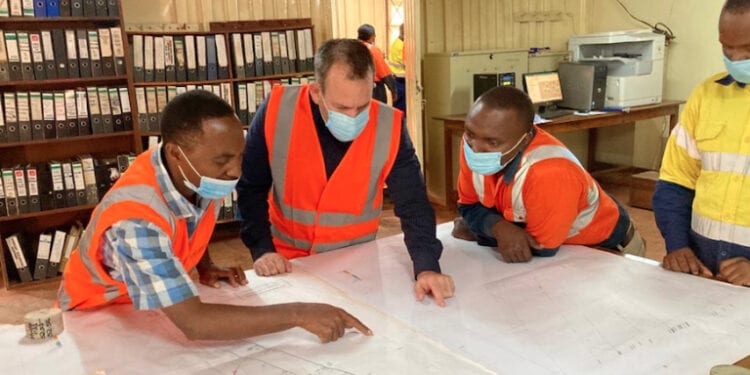Recovery Rates Up To 95.4% From Buckreef Gold Project
Tanzanian Gold Corporation (TSX:TNX) has received initial and highly favourable metallurgical test results from the sulphide component of the Buckreef Gold Mine mineral resource in Tanzania
SGS Canada Inc.’s initial metallurgical test work on the sulphide component of the mineral resource will be a cornerstone of the feasibility study and help prove the viability of the project to financiers and stakeholders as Buckreef progresses towards full operation.
The initial metallurgical test work is now concluding. SGS has now been commissioned to undertake the metallurgical variability phase for Buckreef.
Three diamond drill core samples were taken from the fresh rock of the Buckreef deposit for the purposes of metallurgical test work. The following intercepts and gold recovery rates were observed 0.54 g/t over 78.88m – 94.1%, 19.4 g/t over 27.99m – 95.4% and 1.71 g/t over 52.53m – 85.3%.
SGS have advised that a flowsheet consisting of crush/grind and flotation followed by regrinding of the rougher concentrate and cyanidation at site, along with cyanidation of the flotation tailing is currently the metallurgically optimal mill circuit. Dore will be produced at site.
Test work is ongoing on the MC03 sample, for the purpose of improving the gold recovery rate. The same test work can be applied to the MC01 and MC02 samples.
CEO, Stephen Mullowney, said SGS have now been commissioned to complete feasibility level metallurgical testing that will focus on the first five to seven years of production at Buckreef.
“The initial metallurgical results from a reputable and prestigious organization (SGS Lakefield) have indicated that a well-known and simple flowsheet for our large high-grade deposit and plant is most likely,” Mr Mullowney said.
“The initial recoveries are excellent, and I look forward with confidence to the results of the variability testing.”
COO, Andrew Cheatle, said the initial metallurgical recovery results are excellent and typical of Archean shear zone type hosted gold deposits.
“These results also firmly underscore our overall plan to have two plants with two different flowsheets; one plant to treat gold bearing oxides and a second plant to treat gold bearing sulphide or primary materials. We look forward to continuing to work with SGS on the metallurgical study.”












